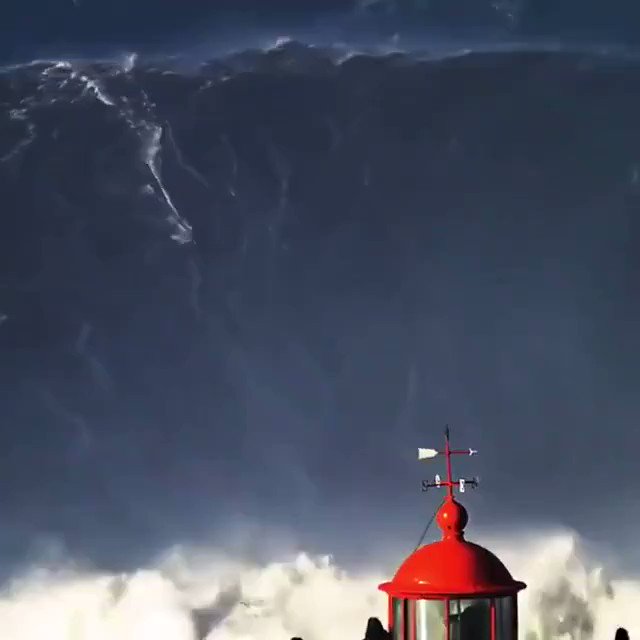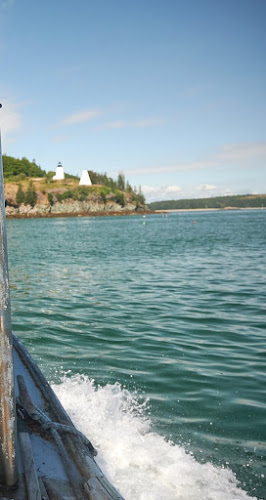Wednesday, September 23, 2020
Tuesday, September 22, 2020
Lofting
Saturday, September 19, 2020
NOAA Charts - Great South Bay, south shore, long island
NOAA: New York Bight: Great South Bay Complex
NOAA navigational charts: The Great South Bay
Tuesday, September 15, 2020
'Just fire away'- When Nazi subs had free reign of the East Coast - Task & Purpose
The favorite targets of the German U-boats were bauxite ore carriers coming up from Jamaica to Baltimore. Crippling aluminum production was their aim. I recall my Dad speaking of the sinking of the Libertad. I've not found it in the official history but the SC 1355 picked up the surviving crew, he recalled. - gwc
'Just fire away'- When Nazi subs had free reign of the East Coast - Task & Purpose
Monday, September 14, 2020
Fishing Fire Island Inlet - Captree and Robert Moses State Parks
Thursday, September 10, 2020
Teen boat builder
One clever kid
https://www.democratandchronicle.com/story/news/2020/08/27/when-the-pandemic-shut-down-schools-this-naples-ny-teen-built-a-boat/5641945002/
Wednesday, September 9, 2020
Ian & Sylvia Reunion 1986
Four strong winds only carried Ian and Sylvia Tyson so far. They divorced in 1975. But did a reunion concert in 1986. Ian is 86 now and still performs. Sylvia is a member of the all-female folk super group Quartette.
Ian and Sylvia are joined by Gordon Lightfoot, Judy Collins, Emmylou Harris and Linda Ronstadt.
Four Strong Winds - Ian and Sylvia Tyson
Many have covered this song, but none better than the great Canadian folk duo Ian and Sylvia Tyson.
Monday, September 7, 2020
Sebastian Steudtner German pro-surfer catches 115 foot wave in Portugal
Sebastian Steudtner at Nazare, Portugal
115 feet! But how does it end?
Sebastian Steudtner — a German pro surfer — rode a wave over 115 feet tall at Nazare, Portugal.
— Rex Chapman🏇🏼 (@RexChapman) September 7, 2020
I’m not this tough. Or brave. Or talented VIDEO: ...pic.twitter.com/b7p1RW8tTO

Saturday, September 5, 2020
Swamped: At Least 4 Boats Sink During ‘Trump Boat Parade’ in Texas, Officials Say - The New York Times
At Least 4 Boats Sink During ‘Trump Boat Parade’ in Texas, Officials Say - The New York Times

Friday, September 4, 2020
Thursday, September 3, 2020
The last year? For 100 years the Quinn Family has delivered the mail to Penobscot Bay islands
The Eagle Island Light is a landmark on the East Penobscot Bay. Author Ben Howe's family maintains it, the sort of act of love for a place that makes Maine Maine. Here he tells the story of the Quinns who have lived on the high mile square island a mile west of Little Deer Isle, one of a group of islands that make the Bay a mystical archipelago. I'll let him Ben tell the story. Be sure to click through to the whole piece in the Times. - GWC
The last year? For 100 years the Quinn Family has delivered the mail to Penobscot Bay islands
By Ben Ryder Howe
HANCOCK COUNTY, MAINE — In blinding fog, an aging boat called the TM 2 zigzagged through the Cricket Hole, a shallow reef in Maine’s Penobscot Bay. The ocean’s calm surface concealed a maze of unseen ledges, around which the TM 2’s captain, Karl Osterby, cut a tight course. The boat soon approached an aluminum dock on Great Spruce Head Island, where a man in shorts and rubber boots awaited.
“Another busy day?” the man said, his sarcasm as evident — this being Maine — as the invisible bottom of the Cricket Hole. Mr. Osterby said nothing and held out an all but empty canvas bag of U.S. mail with one hand, as the TM 2 glided past the dock without stopping. There was a single passenger aboard (me). In the state that calls itself Vacationland, high season had just begun.
Normally, by July, the mail boat that serves six of the small and rugged islands of northern Penobscot Bay — Barred, Butter, Eagle, Bear, Scrag and Great Spruce Head — would be weighed down with letters and packages, plus a dozen or so passengers at $25 per ride. Some riders would have been sightseers scanning the reef-laden harbors for porpoises and harbor seals, and some would have been seasonal residents of the islands. Many in the latter group would be stranded without the mail boat — a lifeline delivering essentials like prescriptions, groceries and, this year, ballots.


Operating the route has been the responsibility of one family since 1905 — and this year is likely to be the last because of the hardships imposed by Covid-19.
Tuesday, September 1, 2020
Life Lessons from a 97-Year-Old Lobsterman | Outside Online

For several years we rented a big old farm house on Maple Juice Cove, on the St. George River, in Cushing, Maine. We hosted the annual family reunion there. Just across the cove is the Olson House, a museum now, where Andrew Wyeth did his most famous work - a portrait of Christina Olson, the crippled daughter of a Swedish captain who married a local girl. The Olson family story is oft told, of course.
A couple hundred yards down the road is Sam Olson's Seafood a lobster buyer's wharf. There Sam's father John - Christina's brother - fished his entire life. John, who told his story in a plain narrative to his daughter Virginia, died last year. But before he did he told his story again to a writer from Outside Magazine.

We knew Sam - the kids jumped onto his dock to watch as the yardman put the "bugs" into a floating crate for us. I met Sam a few times. A small man with huge hands that had been hauling lobster traps for 70 years by then. I liked his old wooden boat My Girl, classic high bow, low freeboard from the days before powered trap haulers. One day, sorry to say, he forgot to put in the scupper plugs and the boat went to the bottom, frying the electricals in the salt water. Easier to buy another boat than re-power the sunken one.
So John lies in the local graveyard near the Olson House, just a few yards from Andrew who made this typical Maine family famous. - GWC
Life Lessons from a 97-Year-Old Lobsterman | Outside Online
by Suzanne Rico






























